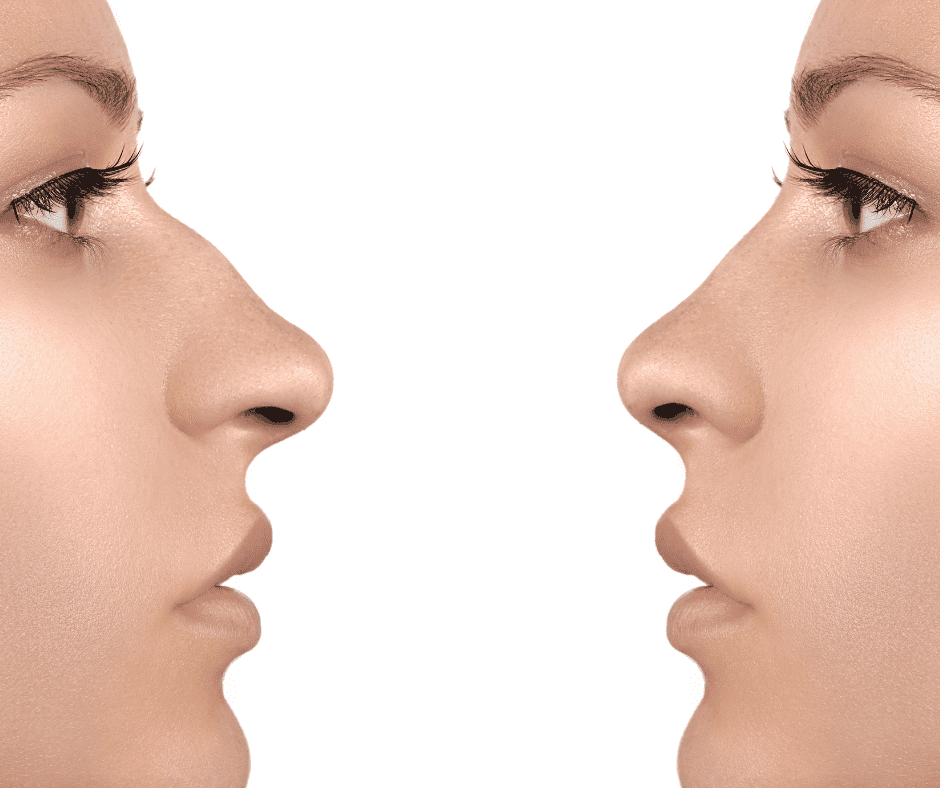There are two main reasons patients decide to get rhinoplasty’s, to improve the aesthetic appearance and for functionality (breathing problems) or a combination of both.
During Consultation
Keep in mind that there is no such thing as a perfect nose. Surgery, though, can enhance facial features and emphasize your unique and natural beauty. At Baltimore Plastic Surgery, Dr. Schreiber can describe the facial features that make you unique and tell you how changes would enhance your appearance.
He will evaluate the structures of your nose and other facial features. After this evaluation, he can tell you if your expectations are realistic.
Your plastic surgeon Baltimore md, Dr. Jeffrey Schreiber, will review your history and physical during your rhinoplasty consultation. He will review any breathing problems that might have as well. During the physical exam, he will look inside your nose as well as outside to assess the entire nose and nasal structures. Photographs will be taken, and then Dr. Schreiber will go over the plan in detail with you. He will take as much time as you need answering all of your rhinoplasty questions.
Rhinoplasty: Step-by-Step
A nose job is usually done as an outpatient procedure, meaning there is no overnight stay. You’ll get general or local anesthesia. With general anesthesia, you’ll sleep through the operation. With local anesthesia, you will be sedated and your nose will be numbed so you are relaxed and unable to feel the pain.
The nose surgery will take about 2-4 hours, depending upon the work that needs to be done in order to meet your aesthetic goals and/or improve your breathing.
To Improve Appearance
Plastic surgeon Baltimore, Dr. Jeffrey Schreiber, uses several different techniques during rhinoplasty to shape and sculpt the nose.
- From well-placed sutures in the nasal tip can narrow a bulbous tip to using small pieces of cartilage of the nasal tip to help with the narrowing process.
- Bone and cartilage can contribute to a dorsal hump or bump on the nose giving a curved appearance to the nose of profile.
- Dr. Schreiber uses special instruments to sculpt and smooth the top of the nose giving it a more aesthetic appearance.
To Improve Functionality there are basically four main issues that can lead to this:
- First, a deviated septum can block the airway in one or both of the nostrils. The septoplasty procedure is used to remove the offending parts of the septum causing the airway obstruction.
- Second, the nostrils themselves can collapse upon breathing leading to breathing difficulties. This is known as external nasal valve collapse and Dr. Schreiber can place cartilage grafts over the existing cartilage in order to “brace open” the nostrils.
- Third, the internal nasal valve can develop an acute angle leading to difficulty breathing. This is caused by narrowing of the angle between the nasal septum and the upper lateral cartilages of the nose. Your plastic surgeon Baltimore md Dr. Schreiber can place small segments of cartilage between these existing cartilages to open up the internal nasal valve. This is basically what the nasal strips do that people wear a night to help their breathing.
- Fourth, bony structures deep inside the nose called turbinates can also become enlarged. Dr. Schreiber can open up these structures during the rhinoplasty procedure to help with breathing.
Recovery takes about 1 week, with light exercise resuming in 1 week as well. Heavy weightlifting and intense exercise can resume in 4-6 weeks. Contact sports need to be avoided for 6 months after a rhinoplasty procedure that includes osteotomies to prevent re-injuring the nose.





